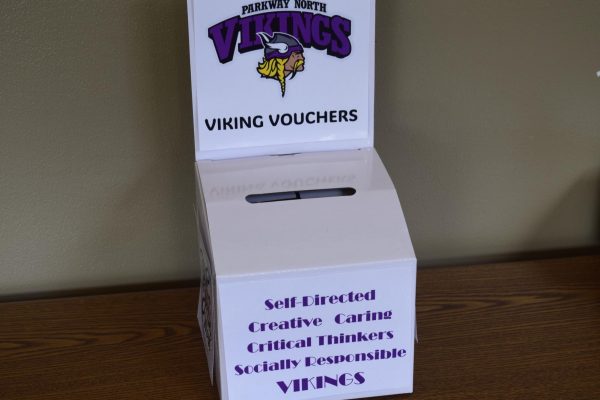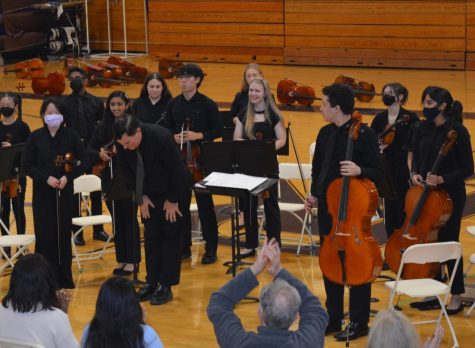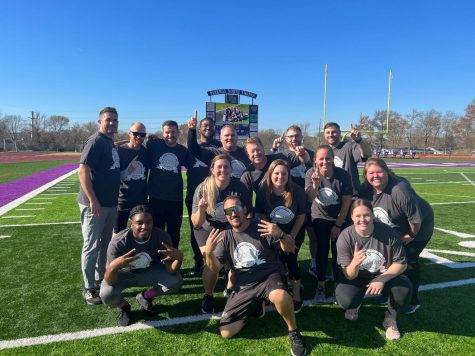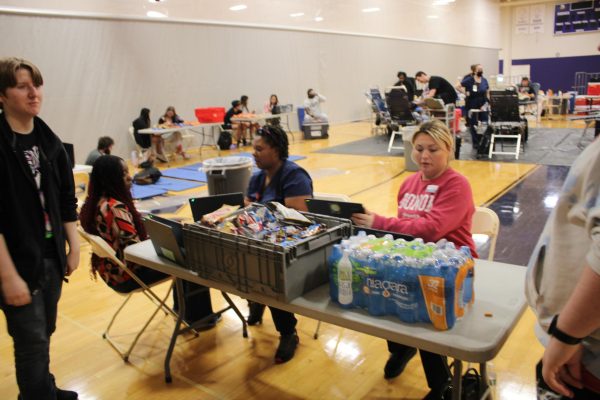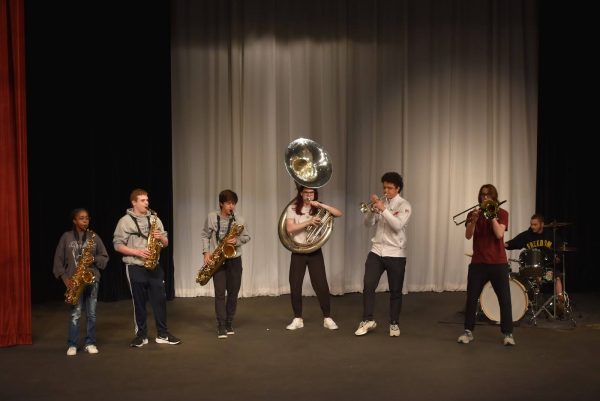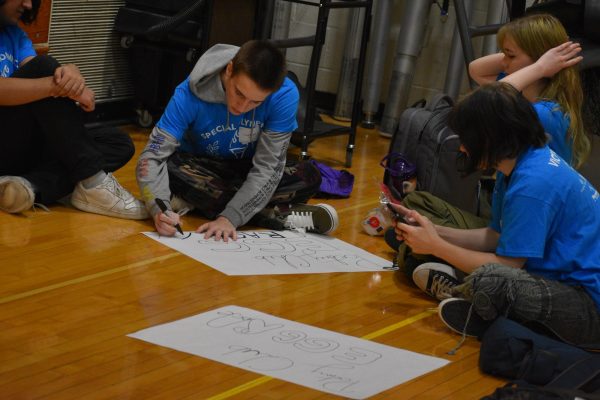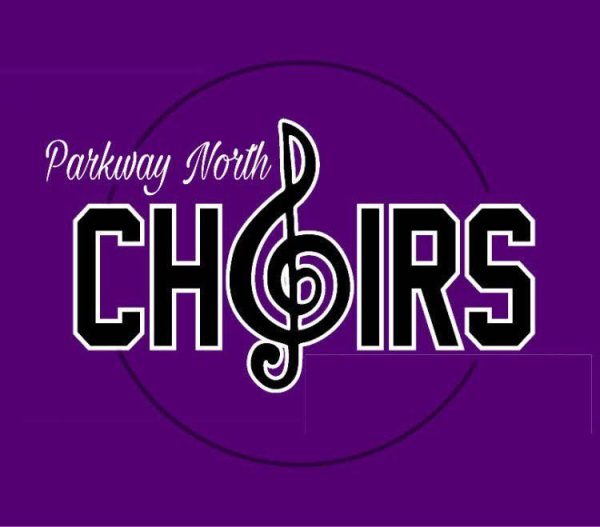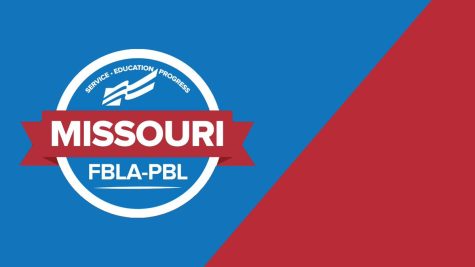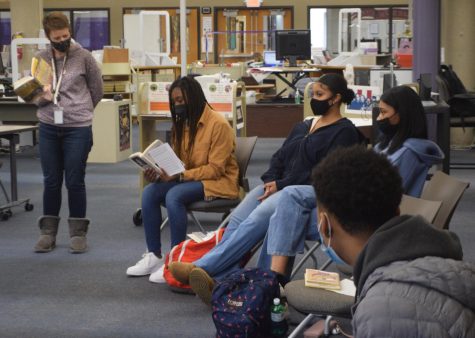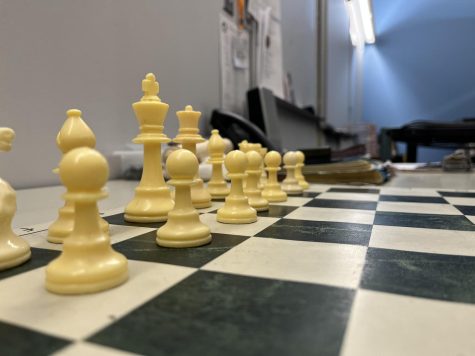Administration Implements Conflict Resolution Center

The conflict resolution center, managed by Jason Breeland, is located outside of the 9th grade office. This is the first year for the center.
Alongside recent renovations and new rules, a new conflict resolution center went into effect for the 2018-2019 school year. This tool set to provide a safe place for students to resolve conflict and work through issues.
“Often times we give students suspensions or detentions and they view it as a punishment but never really learn from whatever the infraction was,” said 9th grade principal Jada Bell. “They just go back to whatever they got put into suspension for or maybe they self correct. But oftentimes resolution doesn’t happen.”
The purpose of the conflict resolution program is for students to reflect on and resolve issues. The students problem solve and come with solutions and strategies with conflict resolution supervisor Jason Breeland.
“We help kids understand the type of decisions they make and how they can affect their lives after high school. Our goal is to help them understand that these decisions have positive and negative effects,” said Breeland.
Along with benefiting students and helping them problem solve, the center can benefit teachers as well. Students and teachers can problem solve and work through issues within the classroom.
“I think it’ll benefit students in a way that they can problem solve and if the issue arises again, they will make a better choice. I think it’ll benefit teachers because there’s a component where the teachers can visit the students or speak with Mr. Breeland about some things that the student reflected on and perhaps they can come up with an agreement on how they can problem solve together,” said Bell.
The North administrators decided to implement the center because the district is leaning towards restorative practice which focuses on helping students understand and learn from their actions instead of just punishing them.
“I’m a firm believer that restorative practices are more effective than punitive. When you look deep into data and compare the data to suspension versus prison, there’s a correlation to the school to prison pipeline and that’s problematic for me,” said Bell. “So, I just deem it necessary that we do something about it and we start solving those problems now so students can work through their issues.”
The center is for students in every grade level, but Bell is focusing on freshmen to get them use to the idea that they can learn and grow from negative situations they may find themselves in.
“I’ve utilized it with ninth graders because they aren’t familiar [with the school rules], and they are possibly bringing previous conflicts from eighth grade. We’ve had conversations and they’re not necessarily being penalized but showing them that this is a place where we resolve our conflict, we reflect, we come up with a plan to move on and move forward,” said Bell.
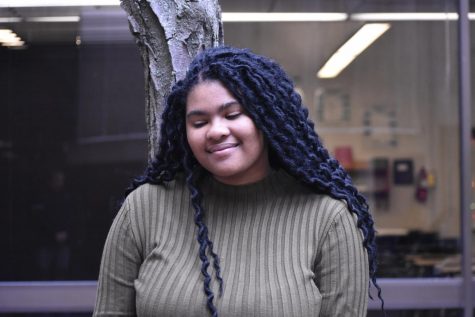
I’m Sereniti and I’m a Junior. This is my third year on staff and I hope to continue expanding my skills in journalism.




